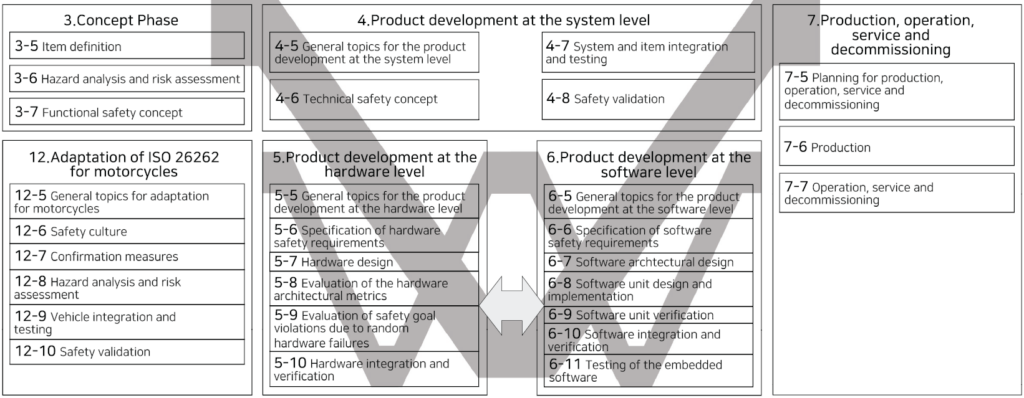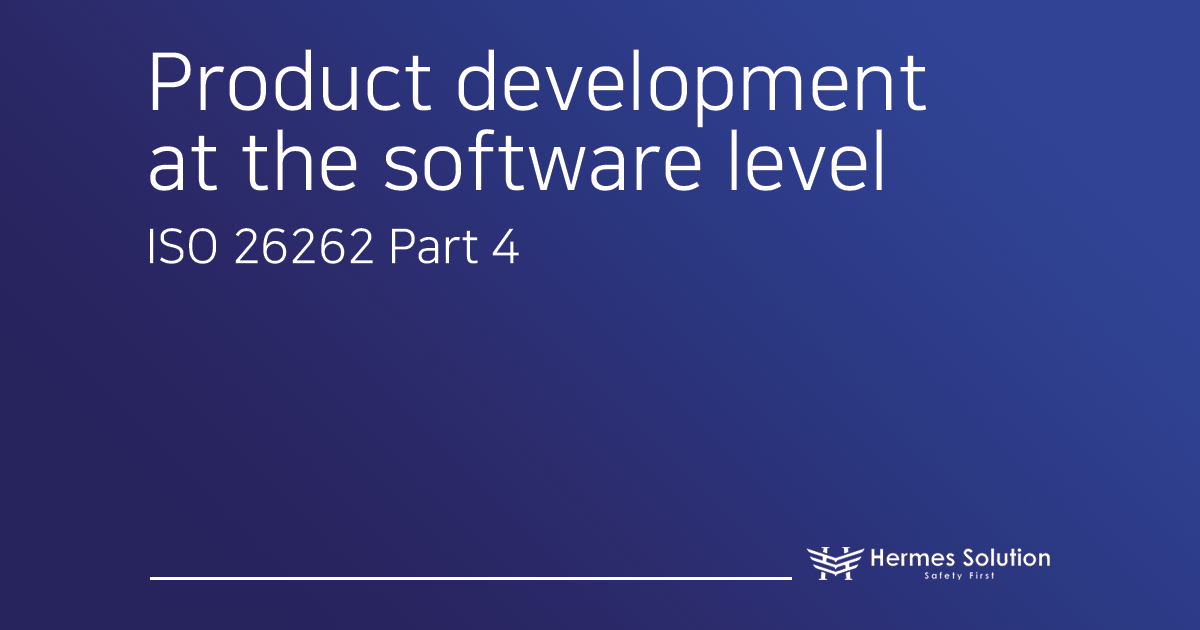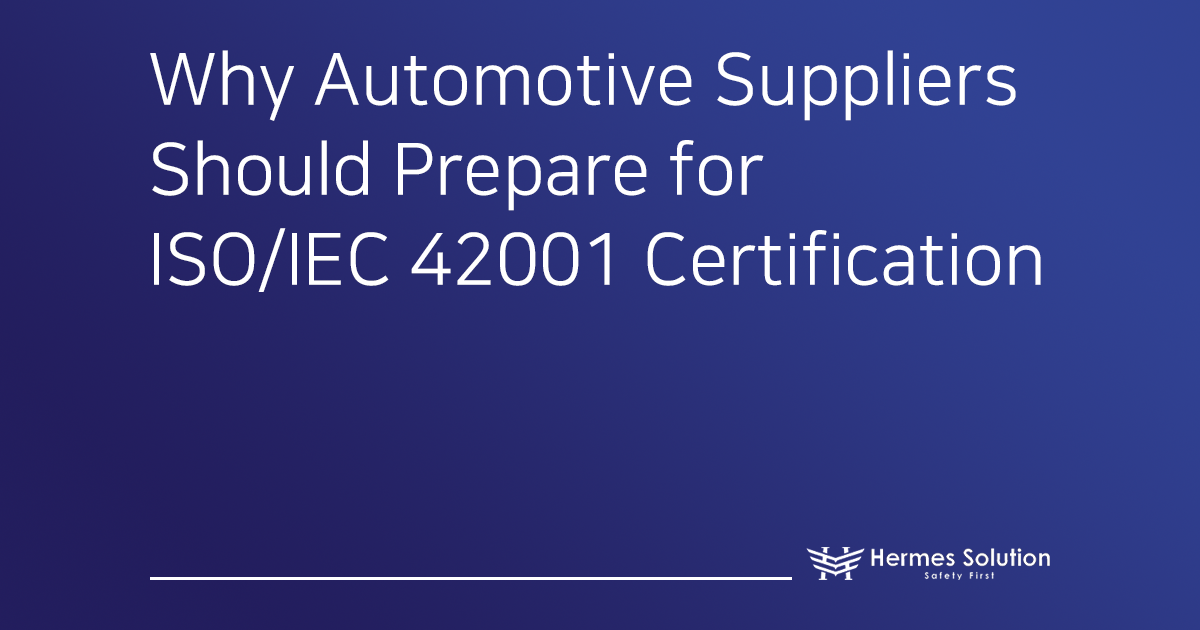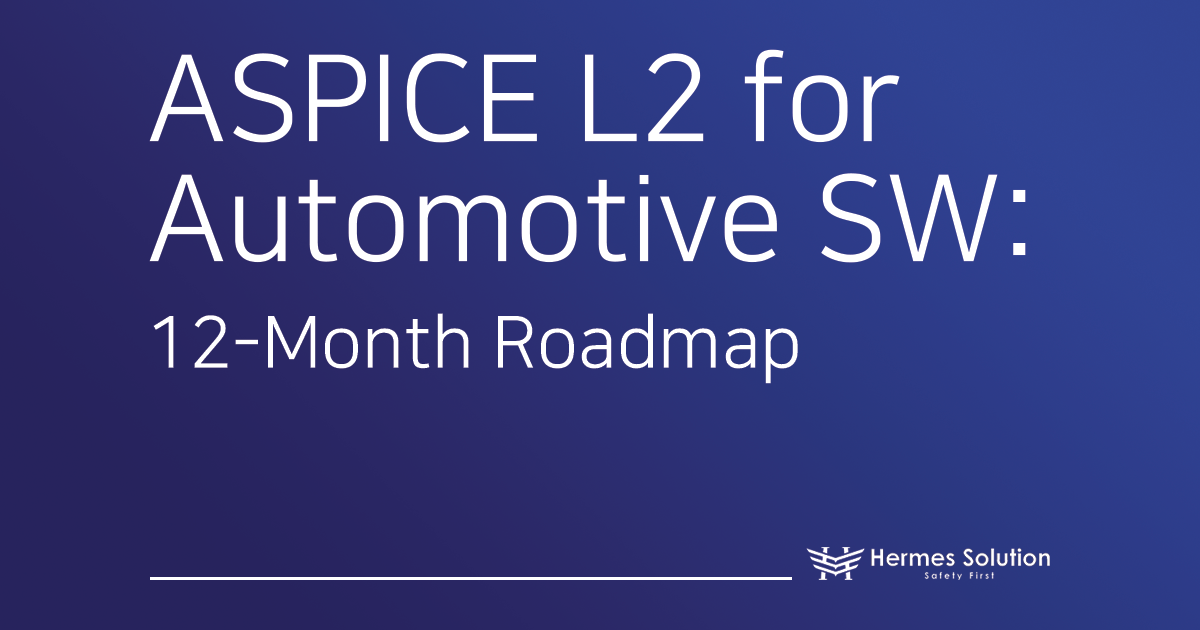Hi automotive software developers! Today, we will delve into the functional safety guide of ISO 26262 Part 6, a critical standard for automotive software development. This post will explain the necessary aspects to meet the safety standards of vehicle software in detail.
What is Functional Safety in Automotive Software?
Functional safety ensures that software contributes to vehicle safety and does not pose any threats. This includes the requirement for the software to operate error-free according to its specifications.
Key Components of ISO 26262 Part 6
Systematic Development Process
Automotive system software defects are systematic. To prevent these, ISO 26262 Part 6 demands a sophisticated and up-to-date development process. This includes thorough testing, precise calculation of algorithm response times, and complete specification of control unit state transitions.
Fault Prevention and Tolerance
Despite strict development practices, unexpected faults may occur. ISO 26262 Part 6 emphasizes mechanisms for fault prevention and tolerance. This includes checksums to verify message integrity, validation of input value ranges, and monitoring of safety microcontrollers.
Reference to the V-Model for Development

ISO 26262 adopts the V-Model for software development. It breaks down technical safety requirements derived from the system’s safety concept into specific software safety requirements. This involves building a software architecture that integrates functional requirements and safety mechanisms, and conducting safety analyses to understand and protect dependencies between software components.
Detailed Development Stages
Unit Design and Implementation: Similar to general software development but follows strict ISO 26262 guidelines.
Unit Verification: Ensures the implementation of safety mechanisms, absence of unintended functions, and sufficient resource availability.
Integration and Testing: Requires a methodical approach to developing and executing test cases, measuring test coverage to evaluate the completeness of testing.
Embedded Software Testing
ISO 26262 includes specific provisions for the functional safety testing of embedded software. This involves hardware-in-the-loop testing, testing within actual electronic control unit networks, and prototype vehicle testing.
ISO 26262 Part 6 provides a comprehensive framework to ensure that automotive software meets the highest safety standards. As vehicles become more automated and software-dependent, adhering to these guidelines is crucial for maintaining the safety and reliability of the vehicles. Through systematic fault prevention, robust fault tolerance mechanisms, and rigorous testing methodologies, software can enhance road safety and improve the overall safety of the vehicle.












